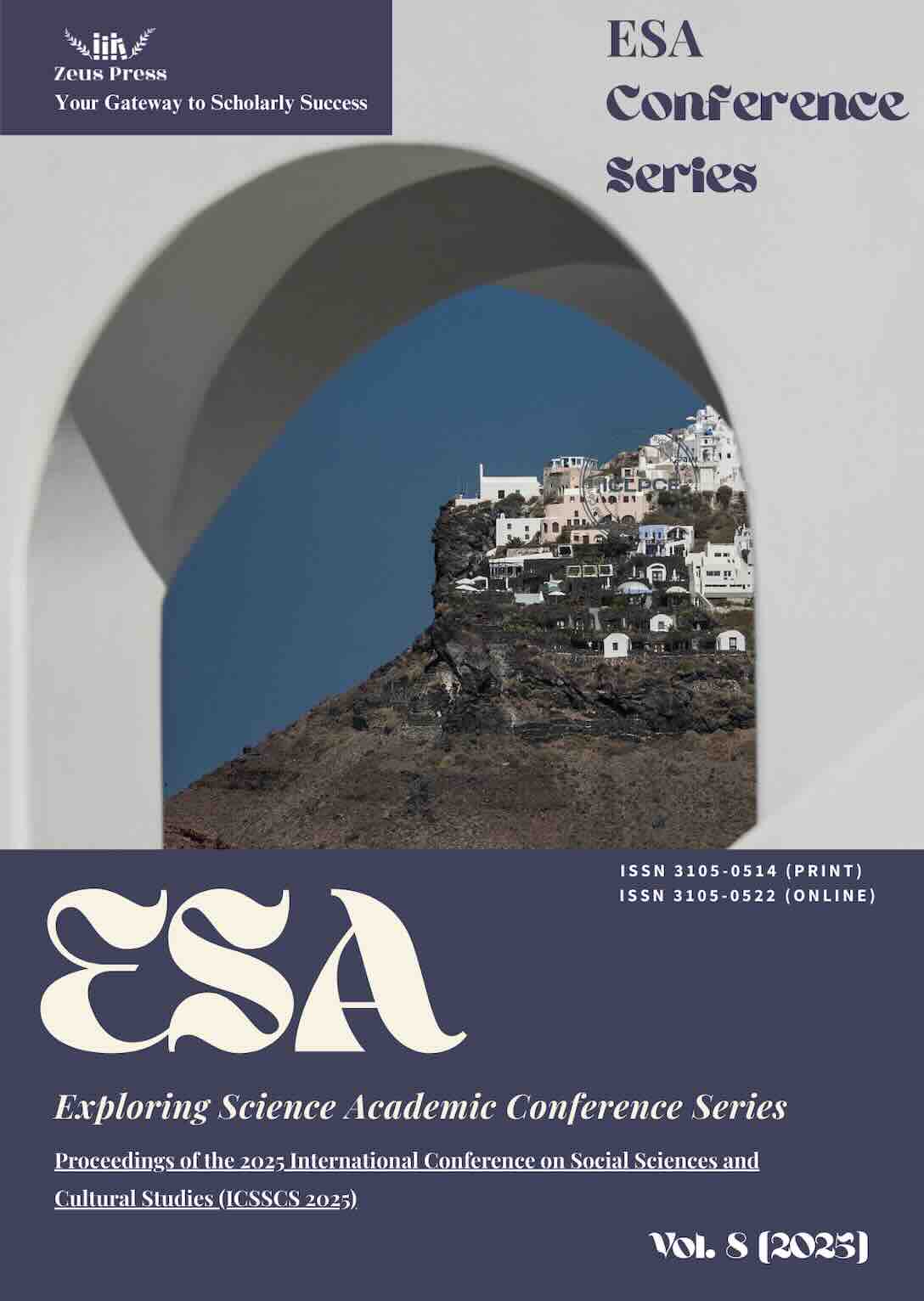The Influence of Interactive Clues Between Human and Products on Social Media Sharing
Main Article Content
Keywords
interactive clues, sharing willingness, emotional resonance
Abstract
Users Generated Content (UGC) is one of the most important marketing method of social media. In recent years, people tend to project their emotions into products, engaging in accompanying social interactions with these products, and posting their interactions on social media. The topic about social media has already have lots of attentions, but researches about interactive clues in social media content still have some weaknesses. This research focuses on the influence of interactions between UGC publishers and companion products on target audiences. This paper analyses that interactive clues between humans and products can promote social media sharing behaviors. Emotional resonance is the mediation between interactive clues and sharing behaviors. Based on these conclusions, the following suggestions are raised in this paper: Publishers of UGC could provide more emotional clues on their posts so as to promote users’ sharing and spread. Platforms and enterprises could introduce new features about interactive clues, eliciting emotional resonance and optimizing content-propagation mechanism.
References
- Chen, Q. J. and Er, H. M. (2020). Motivation for social sharing of emotions and social adaption. Psychological Exploration, vol. 40, no. 1, pp. 64-69.
- Ferrara, E. and Yang, Z. (2015). Measuring emotional contagion in social media. PloS one, vol. 10, no. 11, p. e0142390.
- Goldenberg, A. and Gross, J. J. (2020). Digital emotion contagion. Trends in cognitive sciences, vol. 24, no. 4, pp. 316-328.
- Hatfield, E., Cacioppo, J. T. and Rapson, R. L. (1993). Emotional contagion. Current directions in psychological science, vol. 2, no. 3, pp. 96-100.
- He, S. H. (2017). Multidimensional interpretation of the “empty nest youth” group. Journal of Chinese Youth Social Science, vol. 36, no. 3, pp. 40-45.
- Herman, D., Jahn, M. and Ryan, M.-L. (2010). Routledge encyclopedia of narrative theory, London: Routledge.
- Huang, F., Wong, V. C. and Wan, E. W. (2020). The influence of product anthropomorphism on comparative judgment. Journal of Consumer Research, vol. 46, no. 5, pp. 936-955.
- Keysers, C., Kaas, J. H. and Gazzola, V. (2010). Somatosensation in social perception. Nature Reviews Neuroscience, vol. 11, no. 6, pp. 417-428.
- Liu, H., Jayawardhena, C., Osburg, V.-S., Yoganathan, V. and Cartwright, S. (2021). Social sharing of consumption emotion in electronic word of mouth (eWOM): A cross-media perspective. Journal of Business Research, vol. 132, pp. 208-220.
- Liu, H. Y., Lv, M. and Zhao, W. J. (2014). The influence of motional language expressions to emotional experience. Chinese Journal of Behavioral Medicine and Brain Science, no. 6, pp. 575-576.
- Poirier, S.-M., Cosby, S., Sénécal, S., Coursaris, C. K., Fredette, M. and Léger, P.-M. (2024). The impact of social presence cues in social media product photos on consumers’ purchase intentions. Journal of Business Research, vol. 185, p. 114932.
- Shen, B., Wen, T. Y. and Li, Z. L. (2019). A serial mediation model of parasocial interactions: What a cute luxury brand. Journalism Research, no. 2, pp. 97-116.
- Xuan, C. C., Yan, Y. K. and Zhu, Y. J. (2021). Love you more when winter comes: An empirical study of consumer attitude toward anthropomorphic products. Journalism Research, no. 11, pp. 92-104,124-125.
- Yang, L. W., Aggarwal, P. and McGill, A. L. (2020). The 3 C's of anthropomorphism: Connection, comprehension, and competition. Consumer Psychology Review, vol. 3, no. 1, pp. 3-19.
- Zablocki, A., Makri, K. and Houston, M. J. (2019). Emotions within online reviews and their influence on product attitudes in Austria, USA and Thailand. Journal of interactive marketing, vol. 46, no. 1, pp. 20-39.


